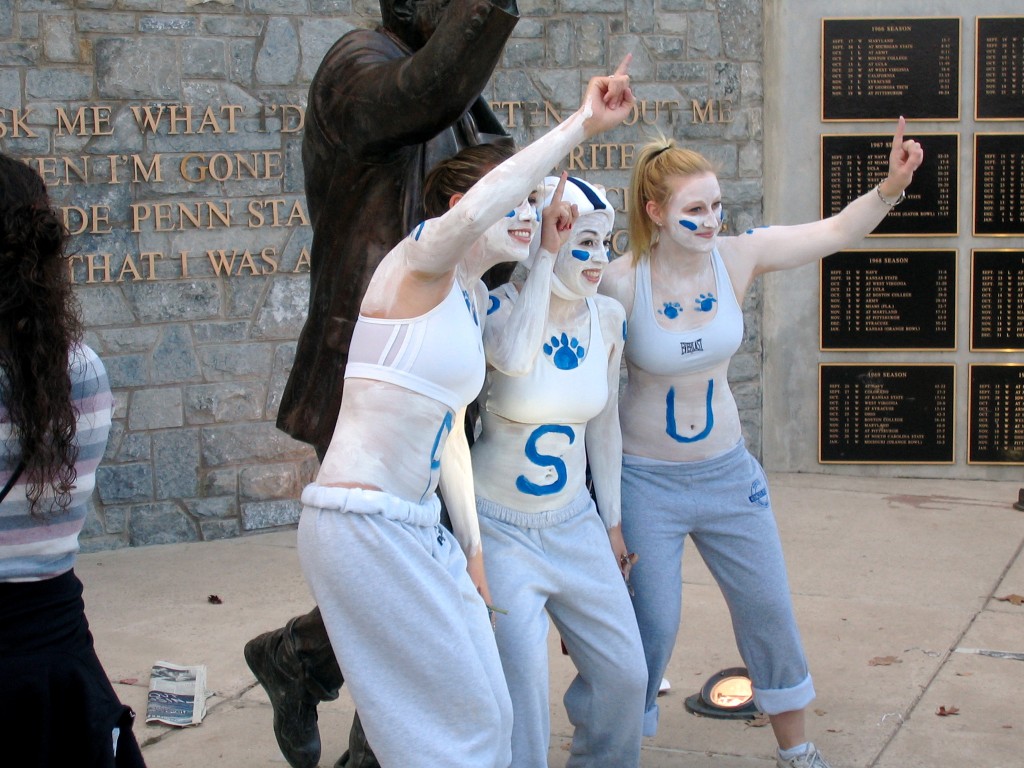
In no other country’s university system, after all, does sports play anything like the central role it does in American academic life. Men do not go to Oxford to play cricket; the Sorbonne does not field a nationally celebrated soccer team. Even in the most sports-mad countries, sports is sports and education is education. That’s a better system.
College sports distorts academic life in many ways, beginning with admissions. Recruited athletes’ scholarships soak up almost a fifth of places at most elite colleges, and athletic scholarships raise costs for everyone else. People defend these programs as offering hope to black and low-income students, especially boys, who otherwise couldn’t go to college at all. But what about their high school classmates who do better in school and can’t afford higher education either? Where are our priorities? Right now, we are telling the kids at the bottom that the way out is not to study and take college preparatory classes but to work on their jump shot and their blocking. If there was no scholarship incentive for those skills, the kids might not blow off their classes in favor of endless hours in the gym. Instead of the false hope of winning fame and wealth by turning pro after college—a brass ring grasped by only 1.5 percent of seniors who play NCAA football and basketball—they might focus their ambition on careers that could lift them out of poverty for life.
As much as I enjoy college basketball, soccer and baseball, the concept of intercollegiate sports is sounding crazier by the day.
In fact, I would go even farther than Pollitt and say that a conversation needs to be had about separating sports from education not just in colleges but in high schools as well.
I for one would have been much better served academically in my teenage years if half of my high school teachers had been better at teaching than they were at coaching football and basketball (the real reason they had jobs in the first place).
Leave a Reply